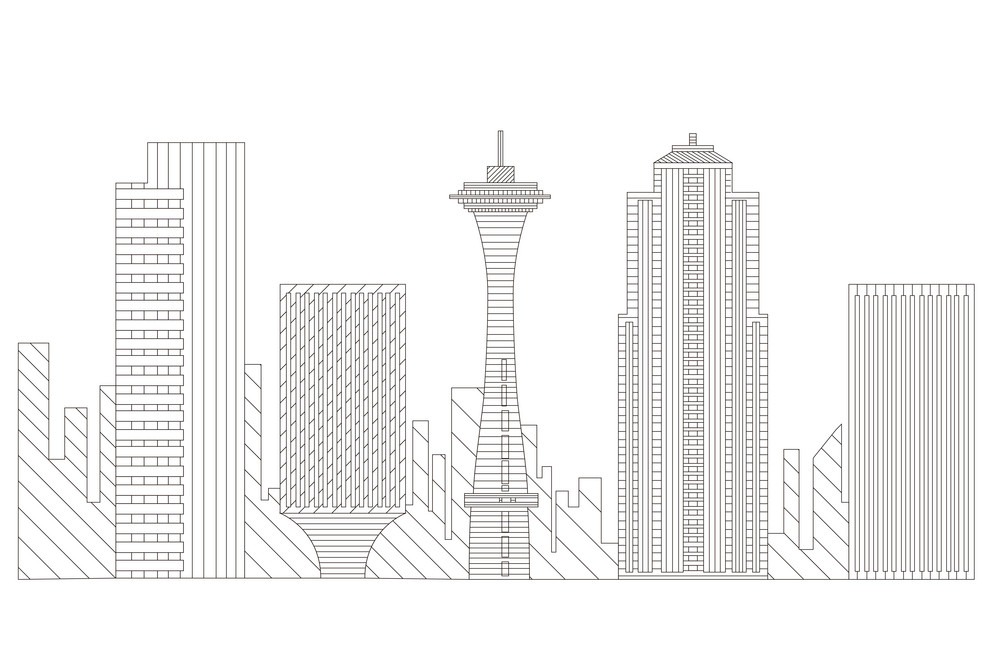When a new principal product manager joined the Cloud leadership team at one of the biggest tech giants in Seattle, she never thought one of the stickiest problems she’d tackle would be how to fix meetings.
Responsible for a team of over 50 people, she attended regular strategy, brainstorming, and feedback meetings with the rest of the leadership team, and she quickly realized that time constraints, fear of judgment, and general disorganization in these group settings were keeping everyone on her team from producing their best work.
The manager explained the issue with this poignant example: At her company, quarterly department meetings are routine—they begin with a slideshow summarizing data from the last quarter, then an outline of the upcoming quarter’s strategy, and finally a short Q&A session with whoever’s in the room. Easy enough, when the quarterly meetings were only attended by her and five or six of her peers. A few months into her role, however, these high-level strategy sessions opened up to 40, then 50, then more than 200 people, and the room began to get crowded in more ways than one.
“It was difficult to have substantial discussions, especially for the women in the room, including myself,” the product manager said. “Not only were we being interrupted and talked over, but some people were simply more vocal about how we should make decisions and allocate resources. Those people largely influenced the outcomes of these meetings, even when their contributions didn’t reflect the consensus of the group.”
These were supposed to be collaborative meetings, but that wasn’t the reality—and the product manager wasn’t alone in her frustration. At one point, her department lead even turned to her and lamented, “There has to be a better way.”
"Balloon is helping us find solidarity and camaraderie, and it’s starting the conversations we need to thrive."
— Principal product manager
So, in January, the department lead introduced her and the rest of the Cloud leadership team to Balloon, and she quickly noticed a change in how her cohort worked together.
“Before, we simply weren’t able to collaborate properly, but once we started using Balloon, it was like a weight was lifted,” the product manager said. “The anonymity made it so no one was afraid to give constructive criticism, and there’s no more guessing what the majority of the room thinks is best; Balloon handed the most-supported solutions right to us.”
Over the next few months, meetings were bolstered—and sometimes fully replaced—with flights, where everyone could give feedback, volunteer ideas, and collaborate with one another anonymously, and the benefits of Balloon quickly became clear. It leveled the proverbial playing field of thought leadership, allowed introverts or more junior team members to contribute without fear, and gave the entire team clear next steps following each flight. And when the COVID-19 outbreak forced the entire company to transition off-site and into separate home offices in March, the platform became even more vital.
“We can’t just pop our heads into each other’s offices anymore. Now, every tiny detail is a meeting, which is quite overwhelming,” she said. “But we’ve all noticed that flights take a lot less time than a meeting on Zoom or Chime, so we’ve gravitated toward Balloon for a lot of ad hoc discussions and brainstorming sessions.”
Of course, nothing can replace face-to-face (whether those faces are in the flesh or on the screen) meetings entirely. The Cloud team still holds quarterly meetings with 250 attendees each, but she said a post-meeting flight is as good as guaranteed these days. She said that Balloon has not only helped teams across the company get aligned on priorities and metrics, but it’s also unlocked a kind of data that other tools consistently overlook.
“We use so many programs to aggregate and analyze quantitative data, but Balloon gives us qualitative data, which is just as important,” the product manager said. “It sets us up to have real conversations driven by the mood and emotions of the team. It allows us to identify the more nebulous pain points that can really curtail productivity—but once we find them, we can address them.”
When it comes to boosting morale, she even noted that Balloon has helped build genuine bonds between team members.
“We’ve unearthed so many shared frustrations during our flights, since people feel free to be extremely honest about what’s holding them back at work,” she said. “So it’s been more than just beneficial from a business standpoint. Balloon is helping us find solidarity and camaraderie, and it’s starting the conversations we need to thrive.”
